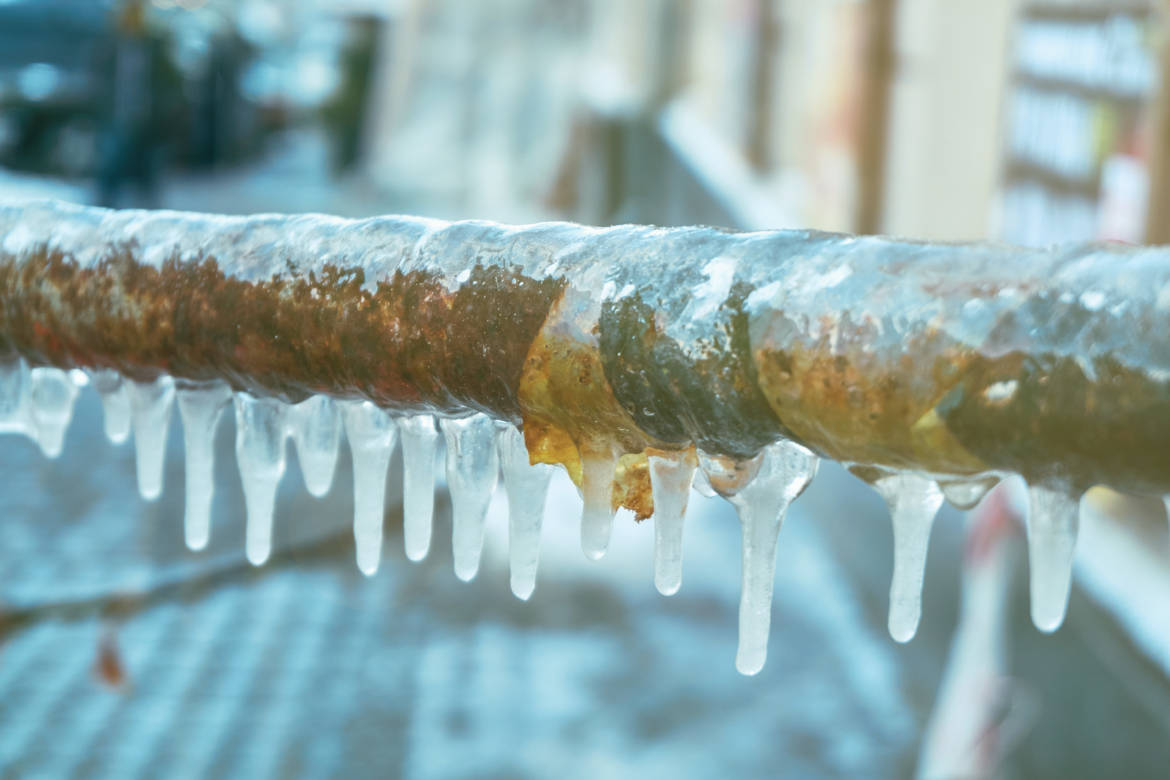How to Avoid Frozen Plumbing in Cold Weather: Expert Guidance
How to Avoid Frozen Plumbing in Cold Weather: Expert Guidance
Blog Article
Just how do you feel in relation to Prevent Frozen Pipes ?

Cold weather can wreak havoc on your pipes, specifically by freezing pipes. Below's just how to avoid it from occurring and what to do if it does.
Introduction
As temperature levels drop, the threat of icy pipelines increases, potentially leading to costly repairs and water damages. Comprehending just how to stop frozen pipelines is vital for homeowners in chilly environments.
Prevention Tips
Protecting vulnerable pipes
Wrap pipelines in insulation sleeves or use warmth tape to secure them from freezing temperature levels. Focus on pipes in unheated or exterior areas of the home.
Heating techniques
Maintain indoor rooms appropriately heated up, specifically locations with plumbing. Open closet doors to allow warm air to distribute around pipelines under sinks.
Just how to determine icy pipes
Try to find decreased water circulation from taps, unusual odors or noises from pipelines, and visible frost on exposed pipes.
Long-Term Solutions
Structural adjustments
Take into consideration rerouting pipes away from exterior walls or unheated areas. Add additional insulation to attics, basements, and crawl spaces.
Updating insulation
Buy premium insulation for pipelines, attics, and wall surfaces. Proper insulation assists maintain constant temperature levels and lowers the danger of frozen pipelines.
Securing Outdoor Plumbing
Garden hoses and outdoor faucets
Separate and drain pipes garden hose pipes before wintertime. Install frost-proof faucets or cover exterior faucets with shielded caps.
Understanding Icy Pipes
What triggers pipes to freeze?
Pipelines freeze when subjected to temperature levels below 32 ° F (0 ° C) for prolonged durations. As water inside the pipelines freezes, it expands, putting pressure on the pipeline wall surfaces and potentially causing them to break.
Dangers and problems
Icy pipelines can result in supply of water disruptions, building damages, and pricey repair work. Ruptured pipelines can flooding homes and cause extensive structural damages.
Indicators of Frozen Pipes
Determining frozen pipelines early can prevent them from bursting.
What to Do If Your Pipes Freeze
Immediate activities to take
If you presume icy pipes, maintain faucets open to relieve stress as the ice melts. Utilize a hairdryer or towels soaked in warm water to thaw pipelines gradually.
Final thought
Preventing frozen pipelines requires proactive procedures and quick actions. By recognizing the causes, indications, and preventive measures, home owners can protect their plumbing throughout winter.
6 Proven Ways to Prevent Frozen Pipes and Protect Your Home
Disconnect and Drain Garden Hoses
Before winter arrives, start by disconnecting your garden hoses and draining any remaining water. Close the shut-off valves that supply outdoor hose bibs and leave the outdoor faucet open to allow any residual water to drain. For extra protection, consider using faucet covers throughout the colder months. It’s also important to drain water from any sprinkler supply lines following the manufacturer’s directions.
Insulate Exposed Pipes
Insulating your pipes is an effective way to prevent freezing. Pipe insulation is readily available at home improvement stores and is relatively inexpensive. Pay close attention to pipes in unheated areas such as the attic, basement, crawl spaces, or garage. Apply foam insulation generously to create a buffer against the cold. You can also wrap your pipes in heat tape or thermostat-controlled heat cables for added warmth.
Seal Air Leaks
Inspect your home for any cracks or openings that could let in cold air. Seal any holes around the piping in interior or exterior walls, as well as the sill plates where your home rests on its foundation. Additionally, make sure to keep your garage door closed unless you’re entering or exiting. Leaving it open creates a significant air leak that can lead to frozen pipes.
Allow Warm Air Circulation
During cold snaps, it’s essential to allow warm air to circulate evenly throughout your home. Leave interior doors ajar to promote better airflow. Open kitchen and bathroom cabinets to help distribute heat consistently around the rooms. If you have small children or pets, be sure to remove any household chemicals or potentially harmful cleaners from open cabinets for safety.
Let Faucets Drip
A small trickle of water can make a big difference in preventing ice formation inside your pipes. When temperatures drop significantly, start a drip of water from all faucets served by exposed pipes. This continuous flow helps prevent the water from freezing. Additionally, running a few faucets slightly can relieve pressure inside the pipes, reducing the chances of a rupture if the water inside does freeze.
https://choateshvac.com/6-proven-ways-to-prevent-frozen-pipes-and-protect-your-home/

I ran across that write up about Preventing and dealing with frozen pipes while doing a lookup on the internet. Appreciated our article? Please share it. Let others find it. We treasure your readership.
Visit My Web Page Report this page